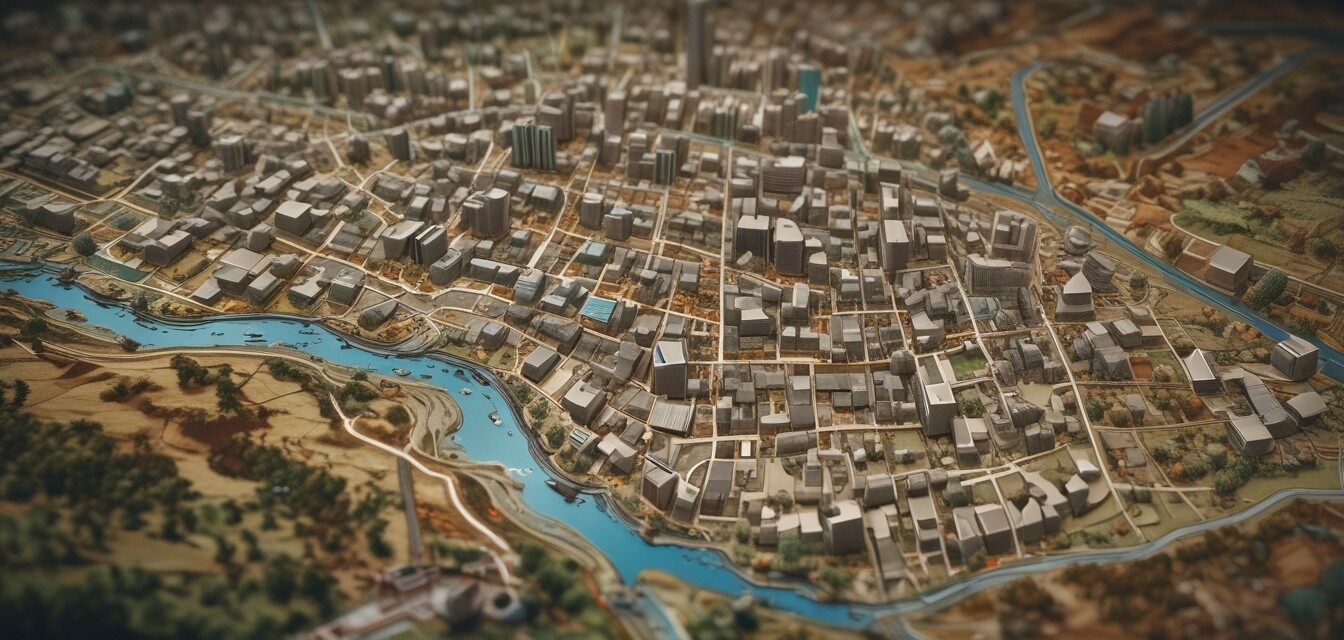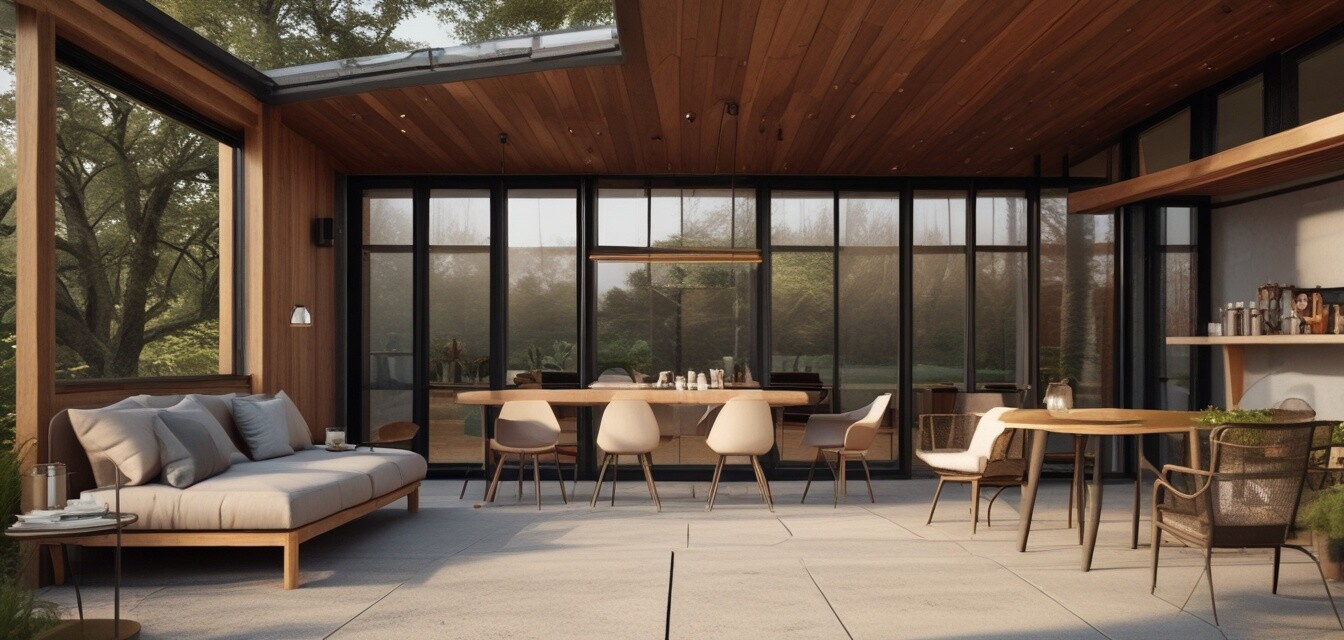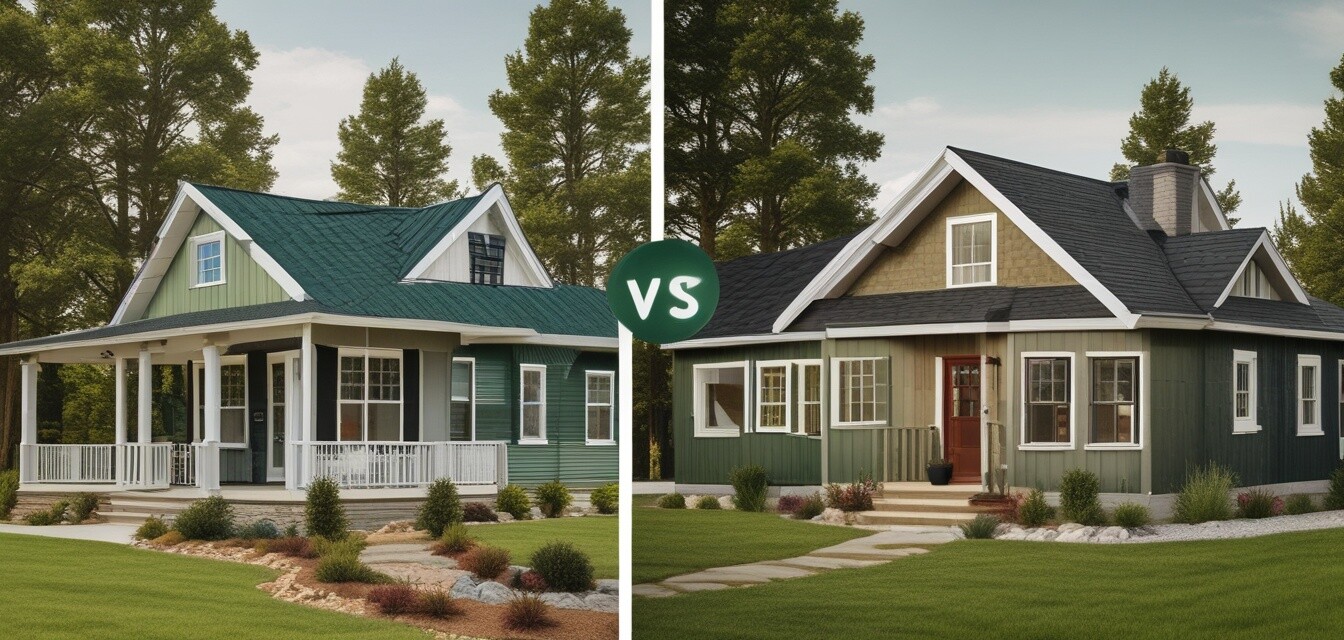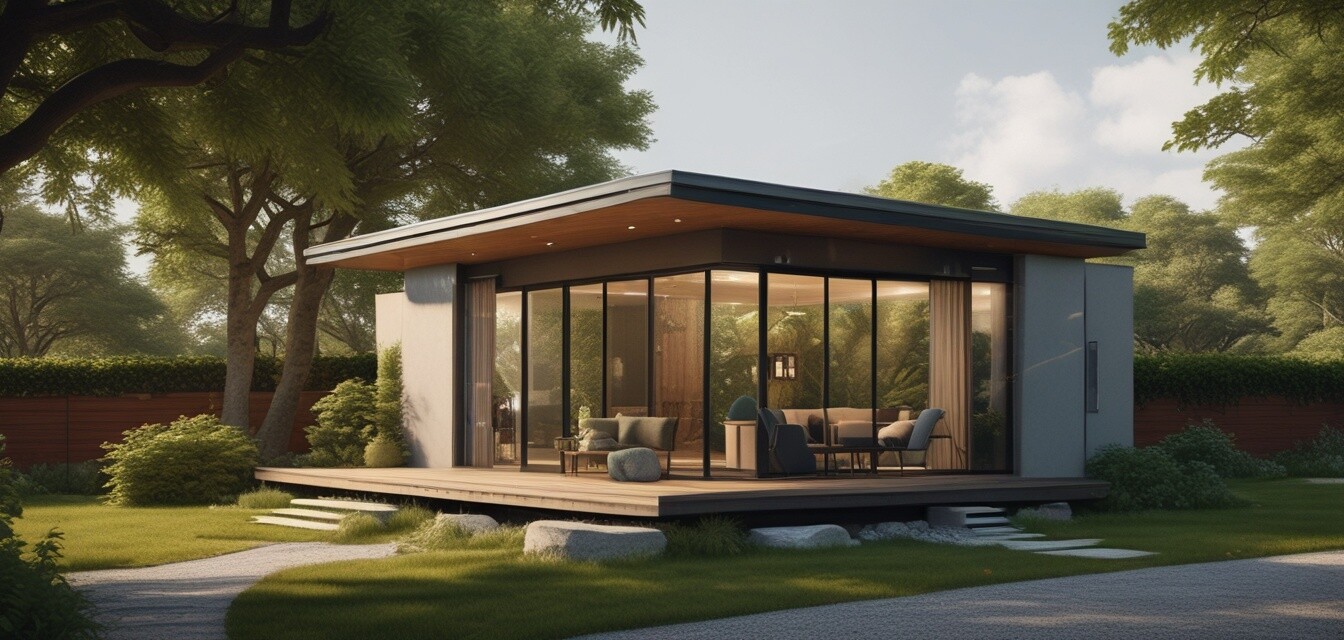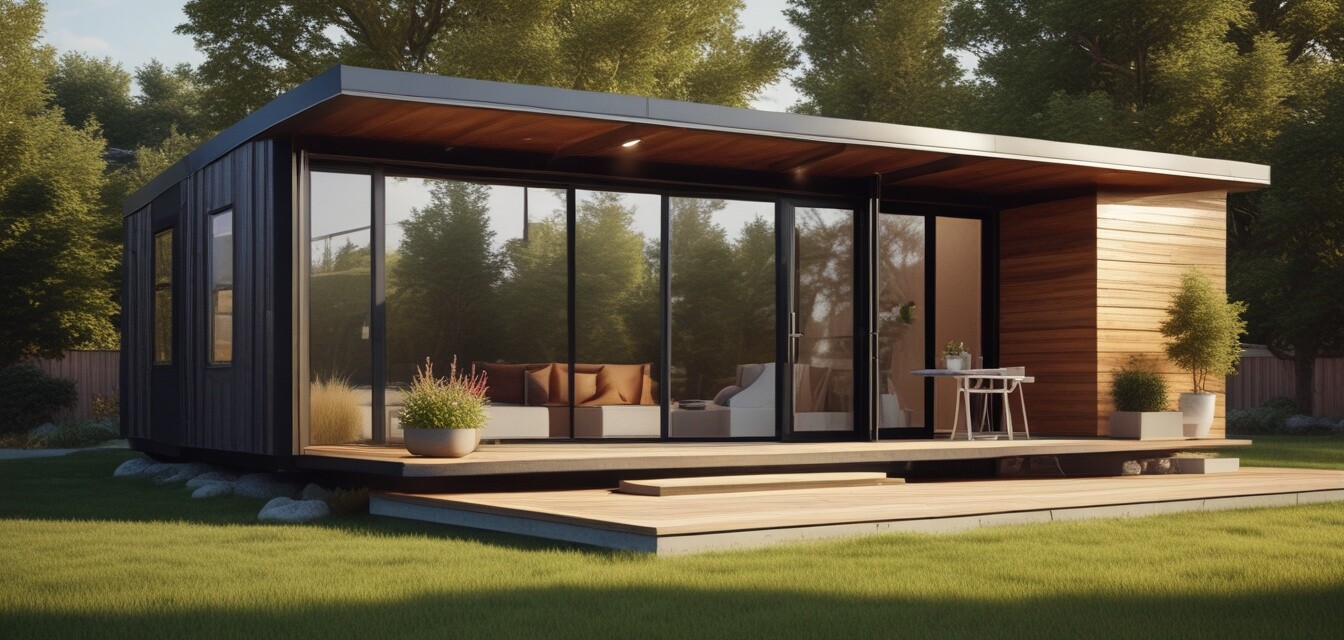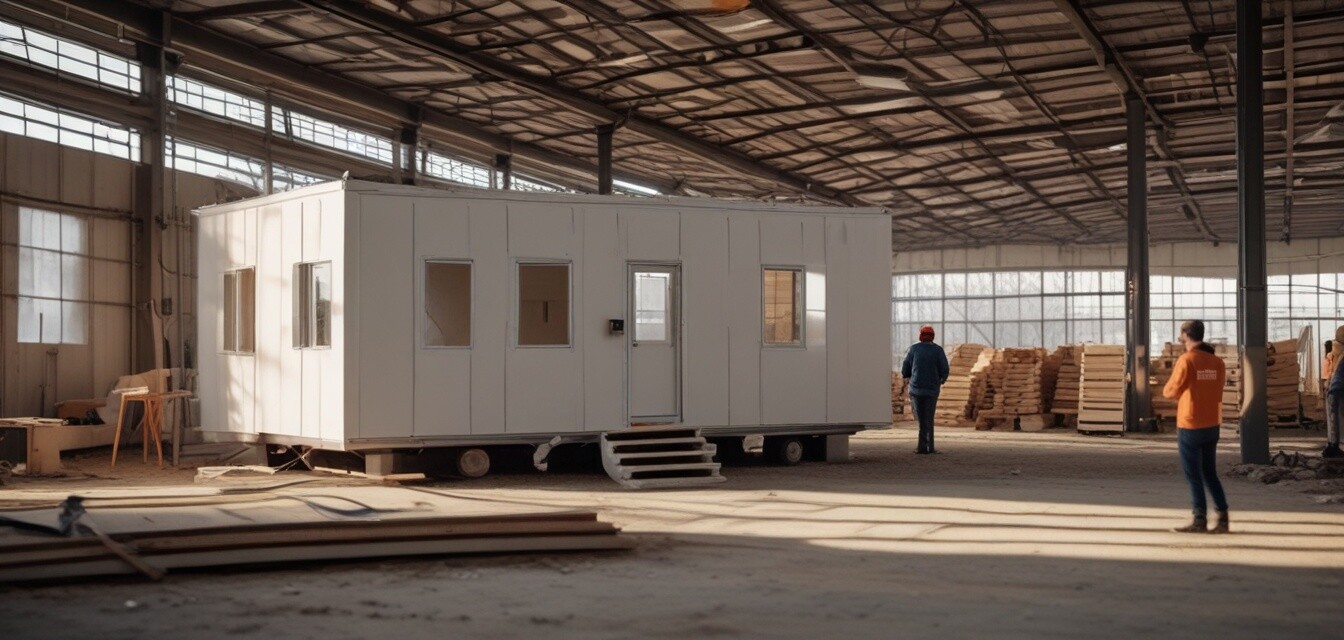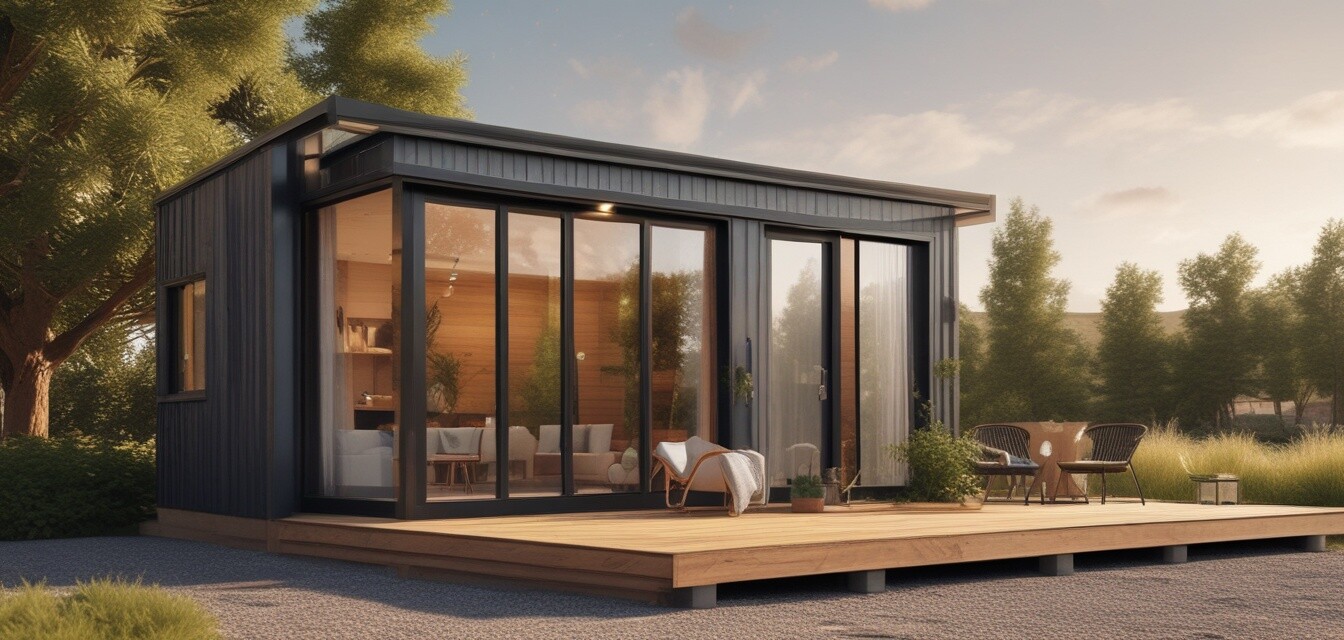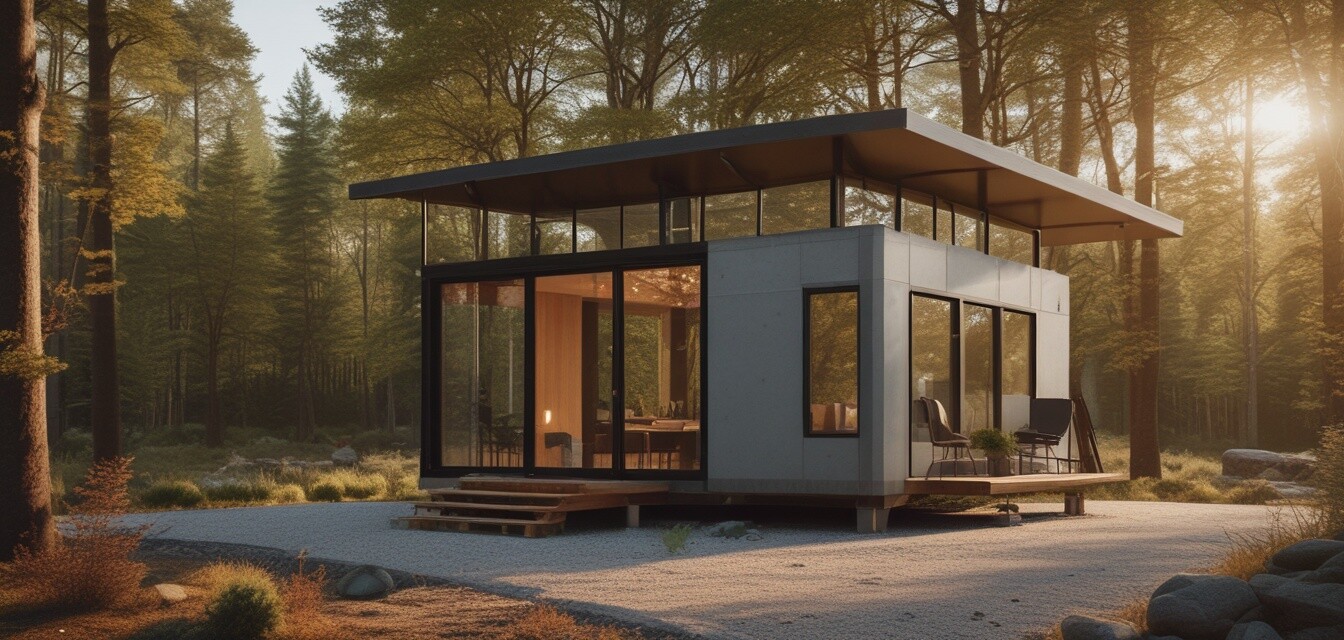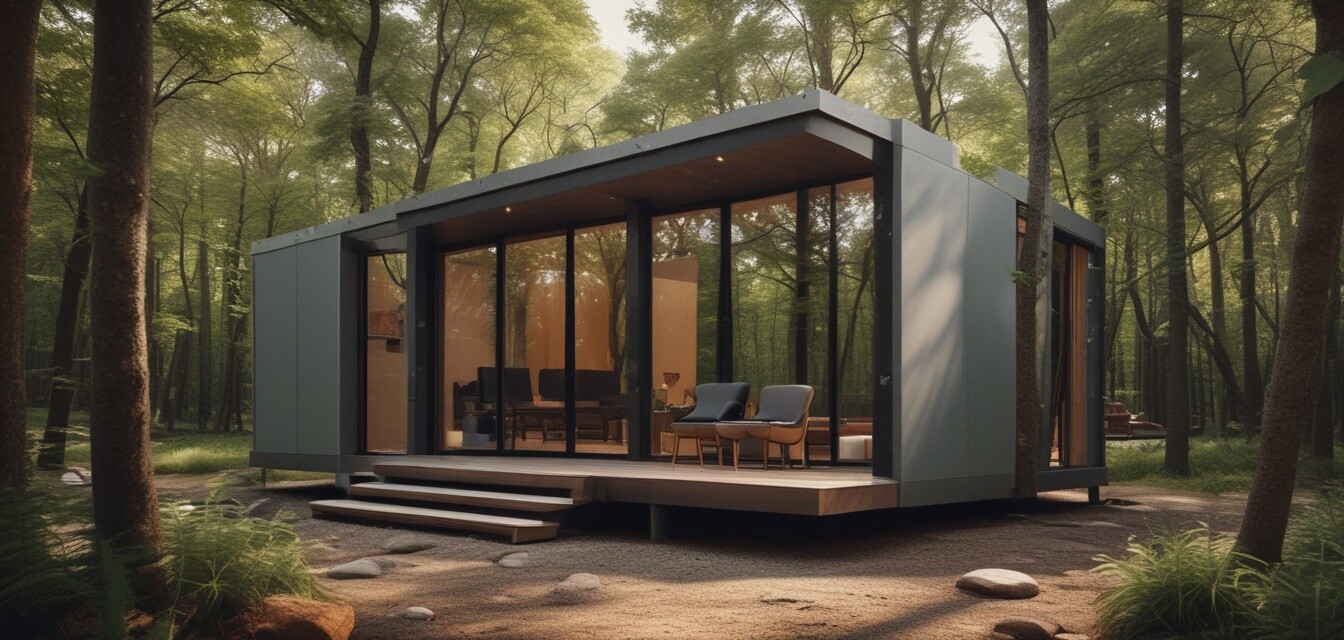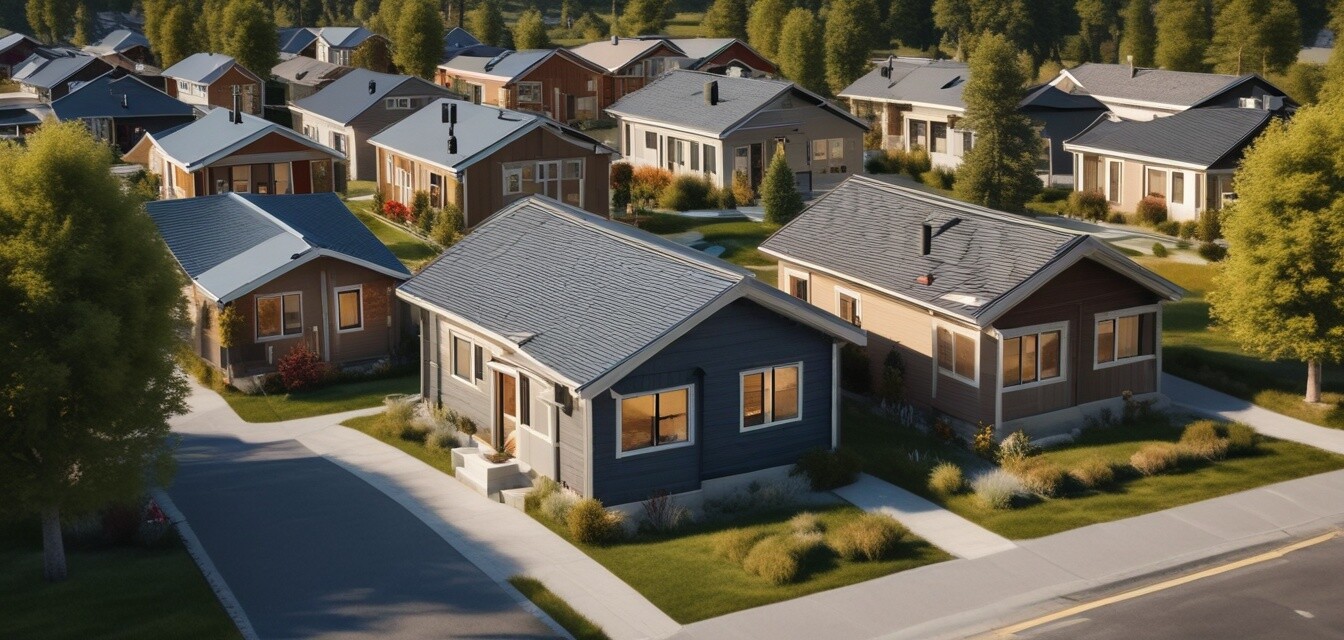
Disclosure: This content was generated with the assistance of AI and is not based on personal experience. It includes affiliate links, which means we may earn a commission if you make a purchase through them—at no additional cost to you. As an Amazon Associate, we earn from qualifying purchases. All product recommendations and endorsements are AI-generated and do not reflect personal opinions or hands-on evaluations.
Zoning Laws and Regulations
Understanding zoning laws and regulations is essential for anyone considering the placement of prefab homes. This comprehensive guide will provide insights into zoning classifications, requirements, and the critical role these regulations play in the development of your dream tiny home.
Key Takeaways
- Zoning laws dictate where you can place your prefab home.
- Different zones have unique regulations affecting building size, height, and type.
- Consult local regulations to ensure compliance and avoid fines.
- Understanding permits is crucial in the prefab home placement process.
What are zoning laws?
Zoning laws are regulations set by local governments that define how land can be used in certain areas. These rules determine what types of buildings can be constructed, as well as their purpose and size. For prefab homes, understanding these laws is vital to ensure legal compliance.
Types of zoning classifications
| Zoning Type | Description |
|---|---|
| Residential | Designated for homes, including single-family and multifamily units. |
| Commercial | Intended for businesses, shops, offices, and related activities. |
| Industrial | Areas reserved for factories, warehouses, and manufacturing plants. |
| Agricultural | Land used for farming, livestock, and other agricultural purposes. |
| Mixed-use | Combines residential and commercial spaces to promote community living. |
Importance of zoning regulations
Zoning regulations serve several crucial purposes in urban planning and development:
- Community Planning: Zoning ensures sustainable development that benefits residents.
- Property Values: Proper zoning helps maintain property values by preventing incompatible land uses.
- Environmental Protection: Regulations can help protect natural resources and ecosystems.
How zoning laws affect prefab homes
The placement of prefab homes is influenced by various zoning laws, impacting many factors:
Pros
- Ability to develop land efficiently.
- Protection of residential neighborhoods.
- Increased aesthetic value of communities.
Cons
- Restrictions on building size and type.
- Potentially lengthy permit processes.
- Additional costs associated with compliance.
Finding zoning regulations for prefab homes
Steps to check local zoning laws
- Visit your local government’s website.
- Look for the zoning department or building regulations section.
- Check zoning maps to identify the classification of your lot.
- Review specific zoning ordinances that apply to your area.
- Consult with a local zoning officer for clarification on questions.
Permits and the process of compliance
Securing the necessary permits is an essential step in placing your prefab home. Here's a general overview of the permits involved:
| Permit Type | Description |
|---|---|
| Building Permit | Required to construct a new building or modify an existing one. |
| Electrical Permit | Necessary for electrical installation or modifications. |
| Plumbing Permit | Needed for any plumbing work inside or around the home. |
| Utility Connections | Permits required to connect to local water, sewer, and electricity lines. |
Common zoning challenges
While navigating zoning laws, you may face several challenges:
- Conflicts with neighbor’s preferences.
- Changes in the zoning laws over time.
- Limited availability of lots that fit prefab criteria.
Resources for further information
For more insights on zoning laws and regulations as you consider your prefab home options, check out these sections on our website:
- Explore Tiny Prefab Homes
- Discover Compact Furniture Solutions
- Learn About Sustainable Materials
- Enhance Your Outdoor Living
- Integrate Smart Home Devices
Conclusion
Zoning laws and regulations play a significant role in the placement and construction of prefab homes. By understanding these laws and following the necessary protocols, you can successfully navigate the process of creating your ideal tiny living space.
